Garden-Lighting-Tips
Here are some handy Garden-Lighting-Tips and ideas which may be applied to both Solar-Powered-Garden-Lights and hard-wired incandescent garden lights.
In the left column you will find some interesting and related material to give you a more visual experiece rather than text alone. Explore and enjoy... your Garden-Lighting-Tips experience begins here.
Reminder
ADD YOUR TIPS!
Talk about your what works for you or your own special techniques.
OR...Just send a few photos and brag a lot!
Share your story.
You may even use solar powered landscape lights. Known by various names, these are light fixtures made to look like landscape objects.
An up lighted hedge behind a shrub or tree will do the same.
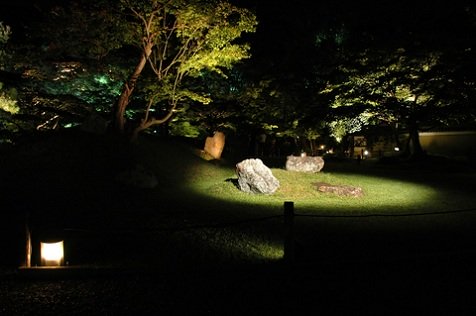 Outdoor Lighting
Outdoor Lighting
NOTE: If you enjoyed the Garden-Lighting-Tips section, why not explore the rest of the site.
What's your garden lighting tip-of-the-day?
Every summer, you're out there making discoveries and you wished you had someone to tell! You may manage one plant or you may manage thousands. What works best for you? What lighting products worked best? What techniques give you the best results?
Take a moment and Share it HERE!
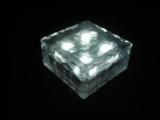 4" X 4" Solar Paving Stone
4" X 4" Solar Paving Stone 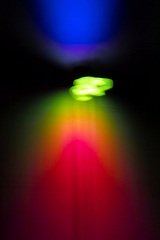 Using Coloured Light in your Garden?
Using Coloured Light in your Garden?
ABOVE and TOP,
We have come to use the terms warm-white and cool-white to describe the amount of red or blue present in artificial light.
White light is actually composed of an entire spectrum of both visible and invisible light called... guess what? ...The Spectrum.
You may demonstarate this phenomenon for yourself if you have a prism on hand to break a beam of white light into its basic components.
The amount of red or blue present in white light is refered to as its Colour Temperature and though it might be a little counter-intuitive, red is at the bottom of the scale and cooler while blue is at the top of the scale and hotter. Colour Temperature is measured in degrees Kelvin.
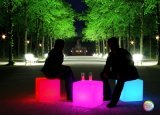
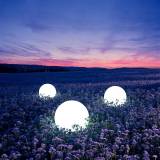
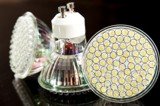
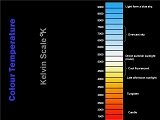
New! Comments
Have your say about what you just read! Leave me a comment in the box below.